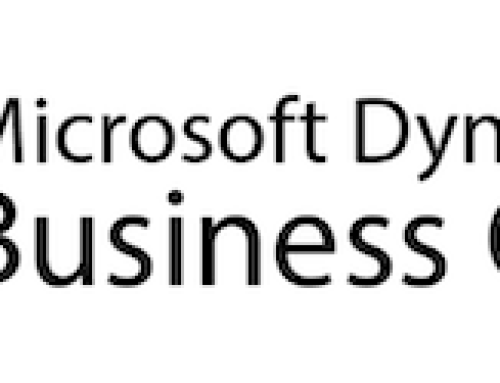Don’t undervalue transactional tax management in post-merger systems integration
Repost from Avalara.com
Does your business look the same today as it did five years ago? What about even one year ago? For most companies, the answer is no. And for many, it’s change for the better.
Companies grow in vastly different ways; some focus on organic growth while others expand through strategic mergers or acquisitions. However you choose to grow your business, it’s highly likely that it’s more complex now than when you first started.
One of the biggest hurdles resulting from growth-by-acquisition is how to put the two (or more) businesses together in a productive and profitable manner. This post-merger strategy often includes combining widely disparate technology systems. While complex and often challenging, a systems integration project can also be a window of opportunity — a chance to fine-tune your ERP or ecommerce system to be more aligned with the needs of the new organization.
There’s no hard and fast rule for how to best achieve this goal. However, there are best practices that can make post-merger technology decisions easier. This includes addressing tax compliance from the onset. Acquisitions give you a competitive business advantage and help you grow faster. But the more customers, products or market share you gain, the more sales tax obligations you’ll likely have as well. There’s a lot of detailed processes and planning that go into consolidating business systems and it’s easy to let something as mundane as updating sales tax rates and rules slip through the cracks. An automated solution like Avalara AvaTax, which runs in the cloud and integrates easily into a variety of ERPs and ecommerce systems, can be a simple and scalable solution.
See growth in your future? Check out Acquire Companies, Not Headaches for a look at eight industry-leading brands whose integration strategies netted them significant costs savings and revenue gains.
By Avalara
















